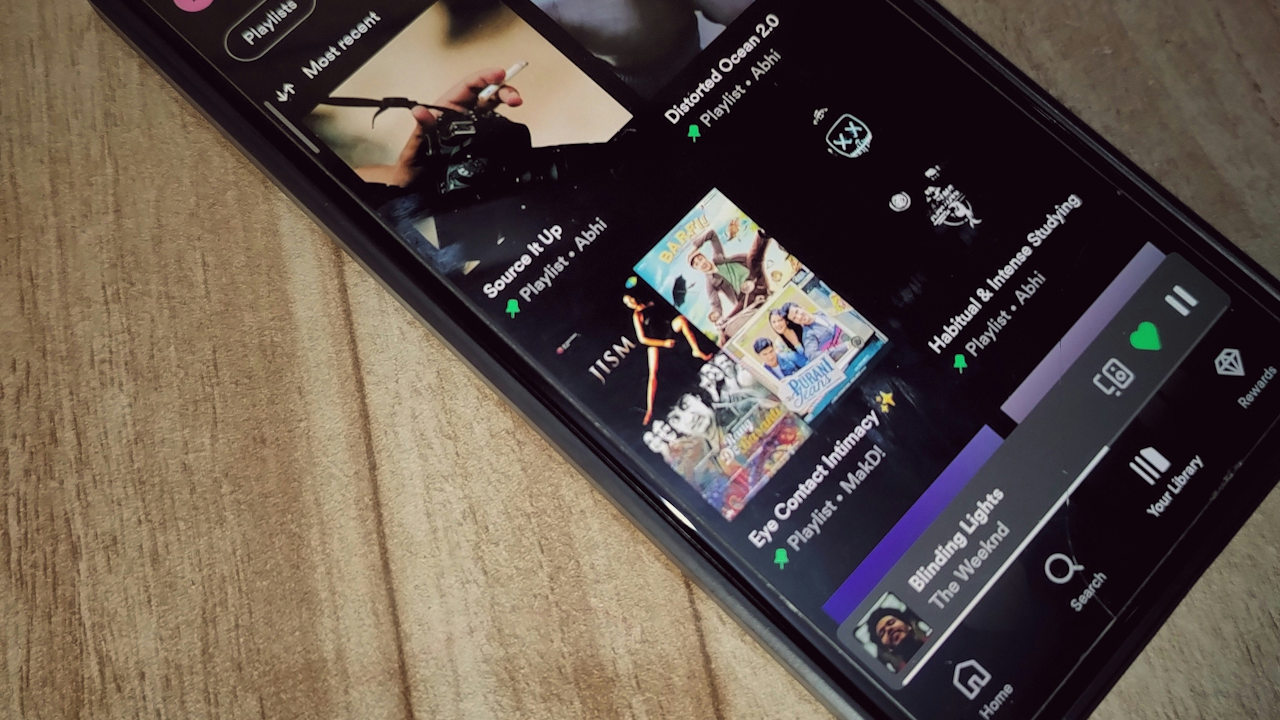For generations, the radio held an undisputed reign over our musical discovery. DJs, with their encyclopedic knowledge and charismatic banter, curated our listening experiences, introducing us to new artists, genre bending hits, and forgotten classics. The anticipation of a favorite song playing, the communal experience of tuning into a shared frequency, these were hallmarks of a bygone era. Yet, today, the airwaves feel quieter, the dial less compelling. In its place, a new monarch has ascended: the playlist. This meticulously crafted sequence of songs, often personalized and endlessly customizable, has not just supplemented traditional radio, it has, for many, entirely supplanted it.
The shift from radio to playlists is a multifaceted phenomenon, driven by technological innovation, changing consumer habits, and the sheer abundance of music available. The seeds of this transformation were sown with the advent of digital music players and the ability to rip CDs. Suddenly, individuals could create their own mixtapes on a grander scale, unshackled from the limitations of physical media. However, it was the rise of music streaming services that truly democratized and accelerated this transition.
Platforms like Spotify, Apple Music, and Amazon Music presented an unimaginable catalog of songs at our fingertips. This unprecedented access, while liberating, also presented a new challenge: how to navigate such a vast ocean of sound. The answer, ingeniously, lay in the playlist. Initially, these were simple user generated collections, a digital extension of the mixtape. But as streaming services matured, so too did the sophistication of their playlist offerings.
Algorithmic curation became a game changer. Armed with vast datasets of user listening habits, these intelligent systems could recommend songs with uncanny accuracy. Discover Weekly, Spotify’s personalized playlist, epitomizes this. It felt like a personal DJ, one who understood your evolving tastes and constantly surprised you with new music you genuinely loved. This level of personalization was something traditional radio, with its broad appeal mandate, could never truly achieve. The algorithm learns your preferences, your skips, your repeated listens, and translates that into a unique auditory journey tailored just for you.
Beyond algorithmic recommendations, human curated playlists also flourished. Influencers, music journalists, artists themselves, and even brands began crafting their own lists, each offering a distinct sonic identity. These playlists often became tastemakers in their own right, introducing listeners to niche genres, emerging artists, or themed collections that resonated with specific moods or activities. Want a playlist for studying? There are hundreds. Need something for a workout? The options are limitless. This granular categorization and specialization far surpasses the generalized programming of radio stations.
The interactive nature of playlists further cements their dominance. Listeners are no longer passive recipients of music. They are active participants, able to skip songs they dislike, repeat those they adore, and instantly add tracks to their own collections. This level of control empowers the listener in a way that traditional radio simply cannot. The ability to manipulate the flow of music, to create a soundtrack to one’s life in real time, is a powerful draw.
Furthermore, playlists offer a seamless and uninterrupted listening experience. No commercials, no repetitive station jingles, no lengthy DJ chatter. While some listeners miss the human element of radio, many prefer the pure, unadulterated flow of music. This efficiency aligns perfectly with modern lifestyles, where time is a premium and immediate gratification is often sought.
The impact of playlists on music discovery and the music industry is profound. For artists, a coveted placement on a popular playlist can be a career defining moment, offering exposure to millions of listeners worldwide. For labels, understanding the dynamics of playlisting has become crucial for artist development and promotion. The metrics generated by playlist listens provide invaluable insights into consumer behavior and musical trends, data that was far harder to gather in the age of radio.
Of course, the demise of radio is not absolute. Terrestrial radio still holds a place for news, local information, and live broadcasts. Community radio stations continue to thrive by offering hyper local content and niche programming. However, when it comes to pure music discovery and consumption, playlists have undeniably seized the crown. They offer a level of personalization, control, and access that traditional radio simply cannot match in the digital age.
The evolution from radio to playlists reflects a broader shift in how we consume media. We crave personalized experiences, on demand access, and the ability to curate our own content. The playlist is a perfect embodiment of these desires, transforming us from passive listeners into active architects of our own sonic landscapes. As technology continues to advance, the reign of the playlist shows no signs of waning. It is, unequivocally, the new radio, a dynamic and ever evolving platform that continues to redefine our relationship with music.

